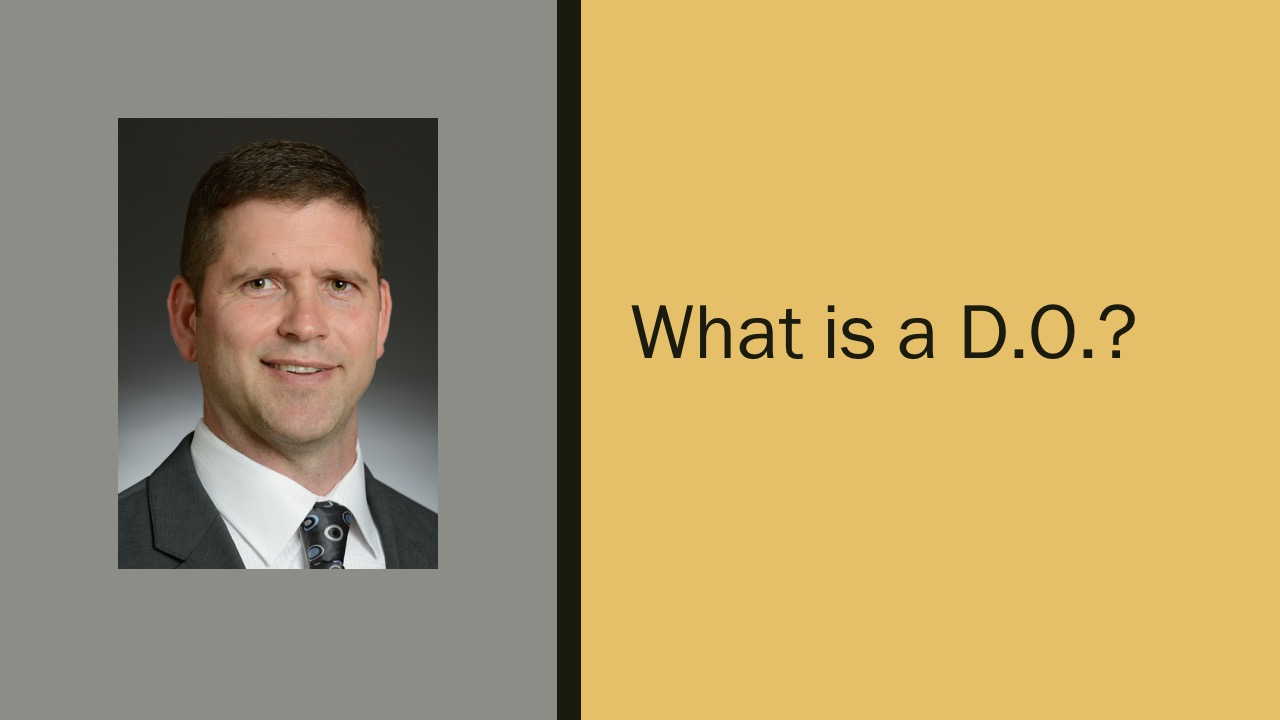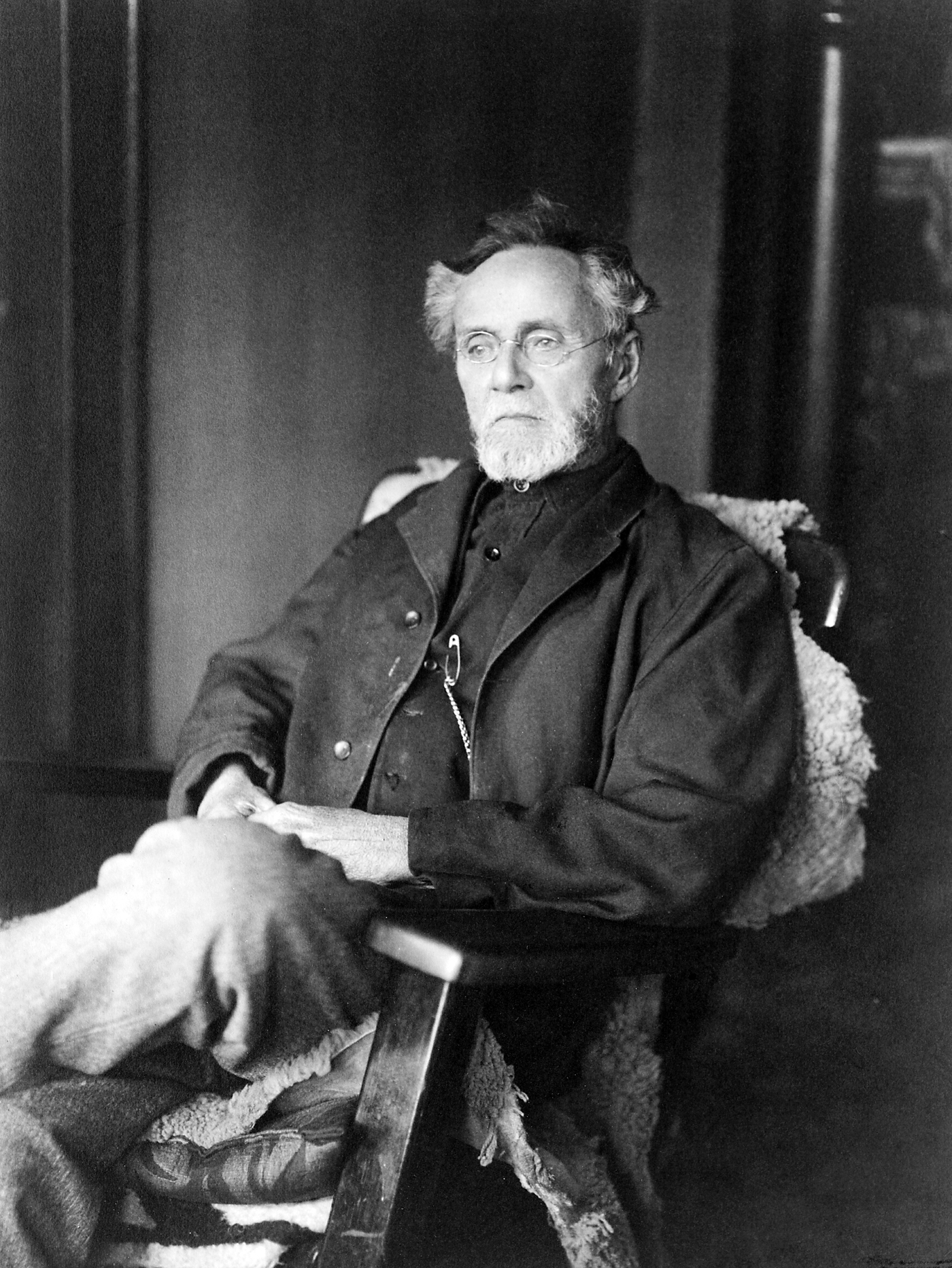
Occasionally, you may find that your physician has a D.O. rather than an M.D. after his or her name (as I do), which often prompts the question, “What is a D.O.?”
D.O. stands for Doctor of Osteopathic Medicine, which is a field of medicine that dates back to the mid to late 1800s. Andrew Taylor (A.T.) Still was an allopathic (M.D.) physician at that time who practiced general medicine and also served as a surgeon for the Union Army during the Civil War. After tragically losing three of his children to illness, he re-evaluated the practice of medicine and developed the principles of osteopathic medicine, which we follow to this day.

During his time, many of the treatments available were less than ideal or in some cases even more harmful than the diseases they were meant to treat. Dr. Still struggled with the hallmark tenet of medicine – “First, do no harm.” With this in mind, he focused on wellness, preventive medicine, and maximizing the body’s ability to heal itself. A main belief of his was that the musculoskeletal system was at the cornerstone of wellness, since it is intimately associated with the passage of blood vessels, lymphatics, and coursing nerves. If the musculoskeletal system were appropriately aligned, when combined with a holistic philosophy of mind, body, and spirit wellness, patients would maximize their body’s ability to heal itself. Ideal anatomy would lead to optimized function.
As modern medicine evolved and advanced with safe and effective treatments for numerous ailments, these were incorporated into the teachings and practice of osteopathic medicine. Nowadays, the osteopathic curriculum includes the full complement of modern medicine within the foundation of the osteopathic principles developed by Dr. Still.
A.T. Still opened the first osteopathic medical school in 1892 with an emphasis on training physicians devoted to primary care. Today, there are 35 accredited osteopathic medical schools with approximately 75,000 practicing osteopathic physicians in the United States. Although the emphasis remains on training primary care physicians, many graduates (like myself) choose to enter one of several subspecialty fields of medicine, pediatric neuroradiology in my case. Regardless of what specialty field a D.O. ultimately selects, the tenets of osteopathic medicine remain engrained.
Contributed by Dr. Bill O’Brien and edited by Michelle Gramke, (Adv Tech-US).
